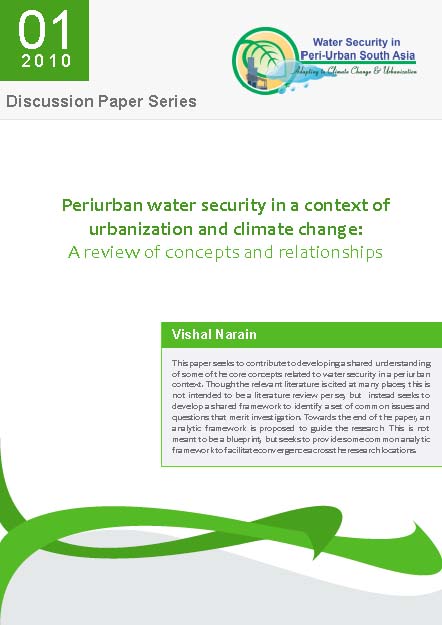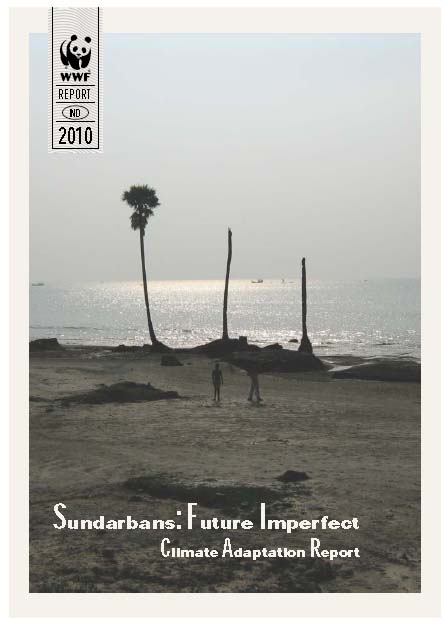/topics/climate-change
Climate Change
First-of-its-kind map depicts global forest heights - Update from NASA
Posted on 08 Jun, 2011 10:54 AM European Beech
European Beech
Photo: Forestryimages.org/University of West Hungary/Norbert Frank
Although there are other local-and regional-scale forest canopy maps, the new map is the first that spans the entire globe based on one uniform method.
The work - based on data collected by NASA's ICESat, Terra, and Aqua satellites - should help scientists build an inventory of how much carbon the world’s forests store and how fast that carbon cycles through ecosystems and back into the atmosphere. Michael Lefsky of the Colorado State University described his results in the journal Geophysical Research Letters.
Recession and reconstruction of Milam Glacier in Kumaon Himalaya – A paper in Current Science
Posted on 18 May, 2011 07:29 PMHimalaya is one of the youngest mountain systems on Earth, and has a direct influence on the climate, hydrology and environment of the Indian subcontinent. It is the abode of one of the world’s largest and mostly inaccessible area of glaciers outside the polar region and provides glacier-stored water to the major Indian river basins. Many of the Himalayan rivers are fed by snow and ice melt run-off from snow fields and glaciers.
Peri-urban water security in a context of urbanization and climate change - A review of concepts and relationships by SaciWaters
Posted on 17 May, 2011 04:05 PM
It is a part of the peri-urban water security project discussion paper series that aims at having a collection of research papers relevant to the concepts and processes involved in the project that represent preliminary ideas circulated to encourage discussion and comments.
Though the relevant literature is cited at many places, this is not intended to be a literature review per se, but instead seeks to develop a shared framework to identify a set of common issues and questions that merit investigation.
The paper argues that peri-urban can be better understood in terms of its characteristics - a mix of agricultural and non-agricultural land uses, flows of goods, services and resources between villages and urban centers and a social profile that is very heterogeneous and in a state of flux. All these impact upon the local natural resource base, creating particular environmental and natural resource management problems that are often beyond the scope of urban or rural governments alone and require innovative ways of being addressed.
Future water solutions for India - a paper by Himanshu Thakkar in the Palgrave Development journal
Posted on 13 May, 2011 03:58 PMThis paper by Himanshu Thakkar published in the journal Development looks at the daunting challenges that future water demand places on India a
2nd National research conference on climate change, Indian Institute of Technology Madras(IITM), 11th – 13th July 2011, Chennai
Posted on 12 May, 2011 01:28 PMOrganizers:
- Indian Institute of Technology Delhi (IITD)
- Indian Institute of Technology Madras (IITM)
- Centre for Science and Environment (CSE)
Centre for Development Communication is looking Research Officer - Environment and Climate at Jaipur – Apply by 11th May, 2011
Posted on 11 May, 2011 05:47 PMContent courtesy: DevNetJobsIndia
Centre for Development Communication is a national level not for profit organization working for last more than 15 years in 18 cities across the country and internationally recognised by UN-Habitat by giving us prestigious Scroll of Honour Award for our best practices in India. Our key operational areas are solid waste management, urban health, women’s empowerment through SHGs, waste workers, street vendors and right to information.
An analysis of West Bengal Ground Water Resources (Management, Control and Regulation) Act 2005
Posted on 11 May, 2011 02:17 PMIntroduction
SANDEE's Call for research Pre-Proposal for Winter 2011 Research Competition - Apply by 30th May 2011
Posted on 11 May, 2011 10:43 AM
The South Asian Network for Development and Environmental Economics (SANDEE) is a regional network that provides research support to South Asian researchers and institutions interested in the inter-connection among development, natural resource use and the environment. SANDEE is currently inviting research pre-proposals on the Economics of Natural Resource Use and Environmental Change in South Asia. Concept notes, if accepted, will lead to an invitation to submit a full research proposal.
Enabling dry land farmers to cope with climate change in Karnataka - An article by R Dwarakinath, AME Foundation
Posted on 10 May, 2011 12:58 PMAuthor: R Dwarakinath
‘Miles to go before I sleep’ Indian agriculture, after green revolution, has fallen on to a lower trajectory of growth. But, this requires a different set of technologies and different kind of development strategy. This is necessary to lift sector production, alleviate poverty, regenerate ecology, and also to cope with climate change. A formidable but inevitable task.
Climate change has become a fact of life. The concern is assuming threatening proportions by the day. There are several efforts at the global, national and institutional levels to understand the phenomenon and to deal with its impact. At the moment, two dimensions of the problem are engaging the attention – how to mitigate, if possible reverse, the building up processes; and, how to cope with, if possible counter, the effects of climate change on human life, including farming. The answers are vague. So far, South Asia is regarded as one of the most vulnerable areas in the world. Naturally, it has become a matter of great concern, as it pertains to the well-being of the dry land farmers on the upland areas in Karnataka.
Sunderbans - A climate adaptation report by World Wildlife Fund India
Posted on 09 May, 2011 09:23 PM Beginning in 2005, WWF-India has conducted dozens of personal interviews to record how climate change impacts people's lives here and now. These perceptions demanded that s
Beginning in 2005, WWF-India has conducted dozens of personal interviews to record how climate change impacts people's lives here and now. These perceptions demanded that s





